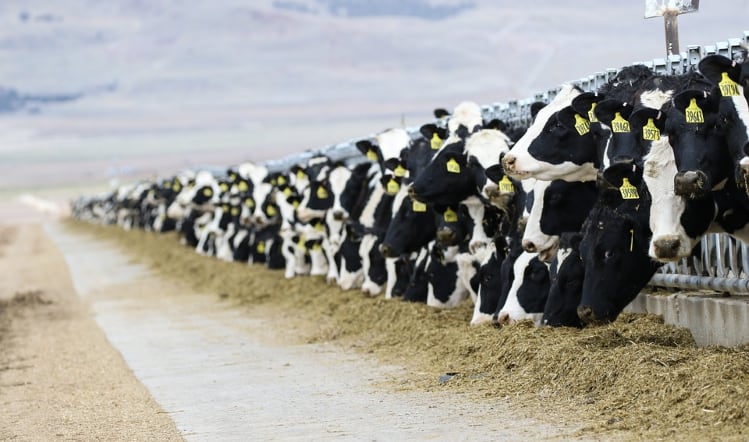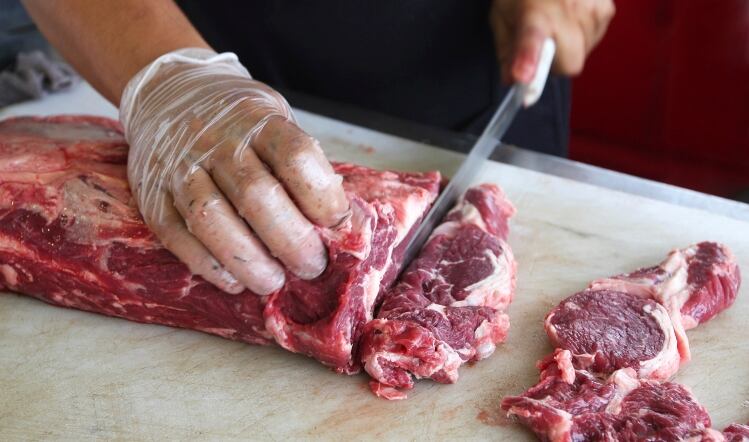Fresh and frozen beef exports to Europe were up 30% to 93,200 tonnes in the nine-month period to September 2022. These figures painted a positive image for the industry recovering since COVID-19 disrupted trade but were still behind pre-Brexit volumes.
The report also found volumes sent to non-EU countries were 36% behind the previous year at 13,650 tonnes. However, demand for beef in China was forecast to grow, with volumes exported so far this year almost double that of 2021.
Beef in the UK
At home, mince was the go-to for British consumers purchasing beef products in the midst of the cost-of-living crisis, with spend up 11% in 2022.
Sales of mince accounted for 58% of all the total volume of beef sold during the most recent period, up from an average of 50-53% reported previously. HCC intelligence, analysis and business insight executive Glesni Philips noted a significant increase in supermarket own-label sales.
“Demand for beef on the domestic market has changed because shoppers are continuing to adopt coping strategies to mitigate costs- particularly now we are in the run up to Christmas,” said Philips.
‘Worrying trend for the sector’
“The increase in consumer demand for minced beef in Britain is a worrying trend for the sector as it makes it increasingly difficult to maintain carcase balance. However, there may be some cost-of-living compensation for beef as there is the potential to challenge turkey this Christmas due to price and a number of Avian Influenza outbreaks so far this year.”
HCC also reported that beef imported to the UK during the nine-month period was relatively stable on year-earlier levels at just over 170,000 tonnes. Irish supplies were 11% behind year-earlier levels, however increased supplies from Germany and the Netherlands outweighed losses from Ireland.
Future domestic production levels, along with consumer demand, were two of the main factors which will influence import trends.
Meanwhile, food and drink exporters should prepare for a challenging 2023, despite an encouraging year boosted by growing demand for UK produce, warned audit and consultation firm RSM.





